Secrets to Keep Your Lawn Green and Healthy
- May 7, 2024
- 0 comment
A lush, green lawn is not only a symbol of pride but can also increase the value of your property. Achieving and maintaining such a lawn doesn’t necessarily come easily to everyone. It often requires some effort and the right knowledge. If you’ve ever found yourself envying the vibrant lawns on your block, worry no more! Here’s how you can make your neighbors green with envy over your beautiful yard.
1. Aerate Your Lawn
Aerating your lawn is a crucial step for maintaining its health, involving the use of a specialized tool equipped with sharp metal tines. This tool removes small plugs of soil, creating space in the ground that allows air, water, and nutrients to penetrate the soil more effectively. This process is essential because over time, soil under the grass can become compacted, making it difficult for these vital resources to reach the grass roots where they’re most needed.
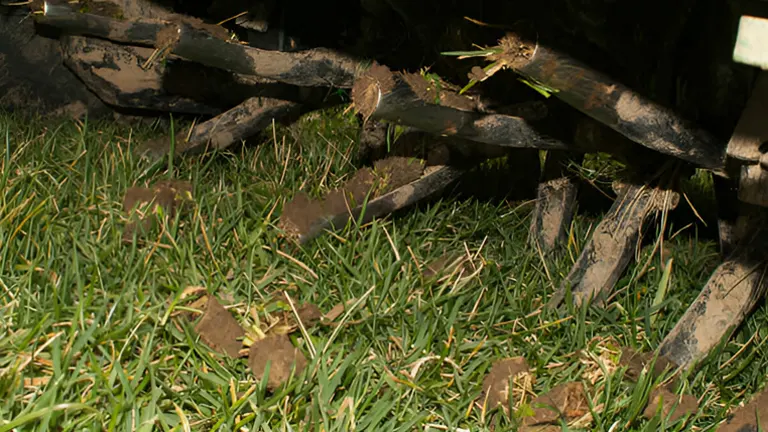
For most lawns, aerating once a year is sufficient to promote healthy growth, especially during the growing season when the grass can recover quickly. However, if your lawn experiences high foot traffic or tends to have water pooling on the surface, it may need more frequent aeration. This regular maintenance helps to ensure your grass remains lush and resilient, better able to withstand environmental stresses like heat, cold, and drought.
2. Water Properly
Watering your lawn properly is essential for maintaining its health and vibrancy. Instead of giving your grass short, daily sprinkles, it’s much more effective to water deeply but less frequently. This approach allows the water to soak into the soil, reaching deeper into the root system. Deep watering encourages your grass roots to grow downward, making them stronger and better able to withstand periods of drought, disease, and pest invasions. For most lawns, watering thoroughly once a week should suffice. However, the exact frequency can depend on local weather conditions and the type of soil you have.
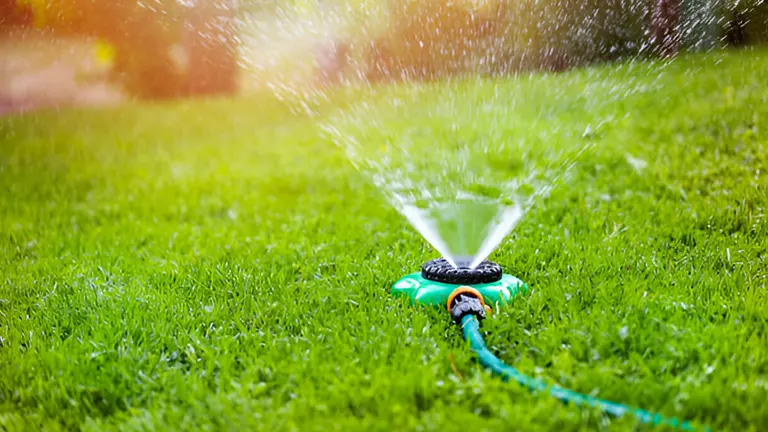
The ideal time to water your lawn is early in the morning. Doing so helps the water to penetrate deep into the soil before the heat of the day causes excessive evaporation. Morning watering also gives the grass blades time to dry out during the day, which is crucial in preventing fungal diseases that can thrive on moisture. By adopting these watering practices, you ensure that your lawn gets the moisture it needs in the most efficient way possible, promoting healthier growth and a greener lawn.
3. Don’t Mow When Wet
Mowing your lawn when it’s wet is a common mistake that can cause more harm than good. When grass is wet, the blades tend to stick together and lay flat, which can result in uneven cuts as your mower struggles to get a clean slice. This uneven cutting not only affects the appearance of your lawn, making it look patchy, but it can also damage the grass blades.
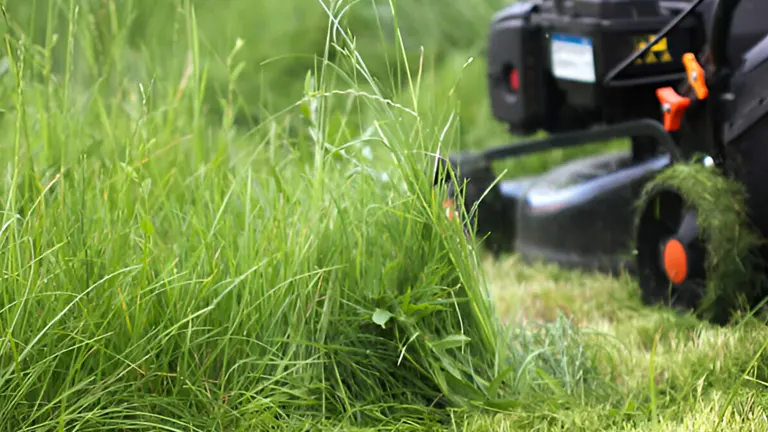
Additionally, the wet clumps of grass that are left behind can smother the grass underneath, blocking essential sunlight and promoting the growth of mold and other diseases. To avoid these problems, it’s crucial to wait until the grass has completely dried after rainfall or watering before you mow. This practice ensures that your mower can cut cleanly and efficiently, keeping your lawn healthy and attractive.
4. Cut Grass at the Right Height
Cutting your grass to the right height is crucial for maintaining a healthy and attractive lawn. The ideal height for most grass types is between 2 to 3 inches. Mowing your lawn too short can be detrimental, as it exposes the soil to direct sunlight, which increases the risk of weed invasion and accelerates moisture loss.
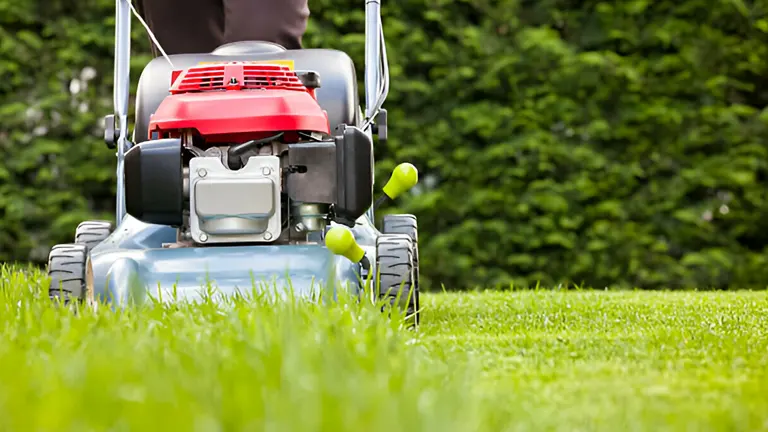
Conversely, if grass is left too long, it can act as a barrier that prevents water from penetrating the soil effectively, potentially leading to under-watered roots. A good rule of thumb is to never remove more than one-third of the grass blade length in a single mowing session. This approach helps prevent stress on the grass, allowing it to grow thick and robust, effectively crowding out weeds and retaining moisture more efficiently.
5. Use Natural Lawn Fertilizers
Using natural lawn fertilizers is a great choice for both your lawn and the environment. Organic fertilizers, including compost tea, are derived from natural sources and are free from harsh chemicals, making them safer for the ecosystem, including beneficial insects, pets, and even your family.
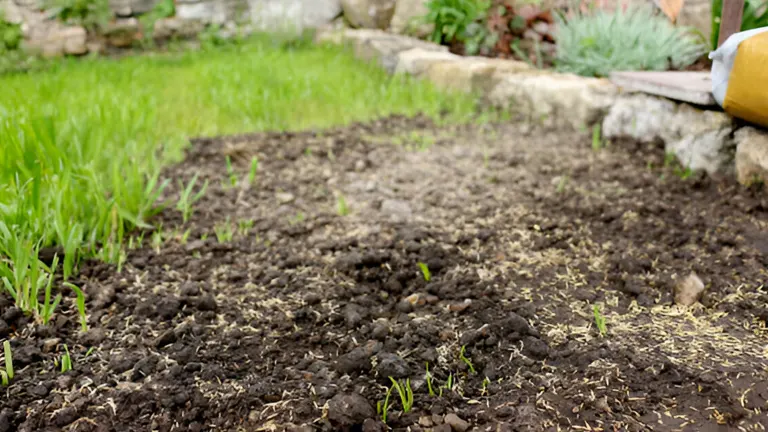
You can find a variety of organic fertilizers at garden centers, or you can create your own by composting garden waste and kitchen scraps. This homemade compost enriches the soil by slowly releasing nutrients, which supports gradual and sustainable lawn health improvement. Opting for these natural alternatives not only nurtures your lawn but also contributes to a healthier, more balanced soil ecosystem over time.
6. Keep Mower Blades Sharp
Keeping your mower blades sharp is essential for the health and appearance of your lawn. Dull blades tend to tear the grass rather than cleanly slicing through it, which leaves jagged edges. These rough cuts stress the grass, making it more vulnerable to diseases and pest infestations.
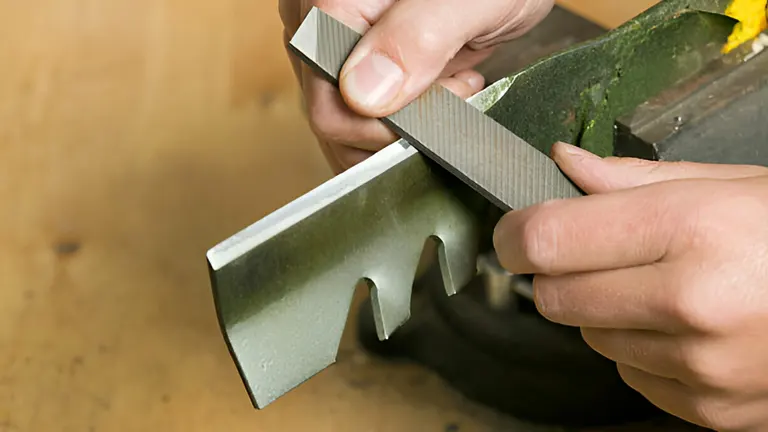
Additionally, torn grass tips can turn brown, giving your lawn an unhealthy and patchy appearance. To prevent this, it’s important to sharpen the blades of your mower every 1 to 2 months during the growing season. Regularly sharpened blades ensure clean, precise cuts that promote the health and vigor of your lawn, helping it stay lush and green.
7. Remove Weeds Regularly
Regular weed removal is crucial for maintaining a healthy and attractive lawn. Weeds are not just unsightly; they also compete aggressively with grass for essential resources such as space, nutrients, and sunlight. If left unchecked, weeds can quickly take over and diminish the health of your lawn. To manage this issue effectively, it’s best to remove weeds promptly.

Hand-pulling weeds is one of the most direct and effective methods, especially for larger, easily graspable weeds. For more pervasive or smaller weeds, using tools like a hoe or a cultivator can help you remove them more efficiently and ensure that you get the roots, preventing them from growing back. Regular removal of weeds before they have a chance to seed will keep your lawn looking neat and prevent future weed problems.
8. “Grass-Cycle” Your Grass Clippings
“Grass-cycling” your grass clippings is an environmentally friendly and efficient lawn care practice that can greatly benefit your lawn’s health. Instead of bagging up the clippings after mowing, leave them on the lawn. These clippings will naturally decompose and return valuable nutrients, such as nitrogen, back to the soil.

This process not only feeds your lawn but also helps the soil retain moisture, which is crucial for healthy grass growth. Additionally, as the clippings break down, they contribute to improving the soil’s texture, making it less compact and more favorable for root growth. Over time, this reduces the need for synthetic fertilizers and water, making your lawn care routine more sustainable and cost-effective.
9. Take Care of Pet Problems
Pets are wonderful companions, but their urine can create unsightly brown spots on your lawn, detracting from its overall health and appearance. The high nitrogen content in pet urine acts like an overdose of fertilizer, which burns the grass and leads to those characteristic brown patches.
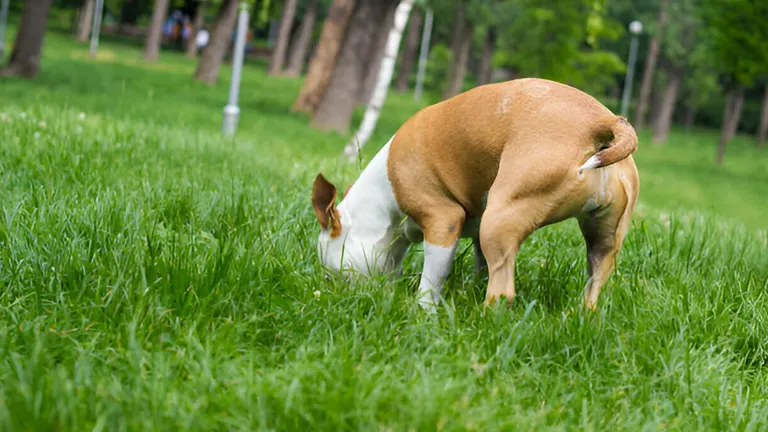
To mitigate this damage, it’s essential to act quickly. When your pet urinates on the grass, flush the area with plenty of water as soon as possible. This dilutes the urine, spreading out its nitrogen content and minimizing its harmful effects. Regularly watering these spots helps to protect the grass and maintain the lush, green appearance of your lawn.
Lawn Care Maintenance Schedule
Creating a year-round schedule for lawn care can help you maintain its health and beauty. Here’s a general guide tailored to seasonal changes, ensuring that you stay on top of lawn maintenance throughout the year.
Spring – March to May
- Begin the season by aerating your lawn to ensure nutrients can penetrate the soil.
- Apply an organic fertilizer to kickstart growth.
- Start regular mowing as the grass begins to grow, maintaining a height of 2-3 inches.
- Apply pre-emergent weed control to prevent annual weeds.
Summer – June to August
- Increase watering frequency during hot, dry periods to once or twice a week.
- Continue mowing regularly but raise the blade during extremely hot periods to reduce grass stress.
- Check for signs of pests or diseases and address them promptly.
Autumn – September to November
- Aerate again if the soil is compacted or if you missed spring aeration.
- Apply a fall fertilizer that’s high in potassium to prepare the grass for winter.
- Apply post-emergent weed control to eliminate any persistent weeds.
- Keep the lawn clear of leaves to prevent moisture and diseases.
Winter – December to February
- Reduce mowing frequency as growth slows down.
- This is a good time to service your mower and sharpen blades.
- Avoid using salt near your lawn areas as it can damage the grass.
Conclusion
By following these nine secrets, you can maintain a vibrant and healthy lawn that not only looks great but also enhances your home’s curb appeal. Whether you’re a seasoned gardener or a first-time homeowner, these tips will help you achieve a beautiful green space. Happy gardening, and may your lawn always be a lush, inviting canvas of green!
FAQs
- How often should I water my lawn?
The frequency of watering depends on several factors including weather conditions, soil type, and grass species. Generally, it’s recommended to water your lawn deeply once a week. This can vary; during hot, dry spells, you might need to water more frequently, whereas in cooler, moist periods, less frequent watering is required. - What is the best time of day to water my lawn?
The optimal time for watering is early in the morning. This allows the water to soak deeply into the soil with minimal evaporation, and also gives the grass blades time to dry out during the day, reducing the risk of fungal diseases. - How can I tell if my lawn needs aeration?
Signs that your lawn may need aeration include water pooling on the surface after rain, a spongy feel underfoot, or if it’s difficult to penetrate the soil with a screwdriver or similar tool. These symptoms suggest soil compaction, which aeration can help relieve. - What height should I cut my grass?
The ideal cutting height varies by grass type but typically falls between 2 to 3 inches. Always follow the one-third rule: never cut more than one-third of the grass blade in a single mowing to avoid stressing the grass. - Can I use leftover kitchen scraps as fertilizer for my lawn?
Yes, but it’s best to compost kitchen scraps first. Directly applying things like vegetable peels can attract pests. Composted organic matter makes an excellent, nutrient-rich fertilizer that benefits lawn health. - How do I sharpen mower blades, and how often?
Mower blades should be sharpened every 1 to 2 months during the growing season. You can sharpen blades using a file or grinder, or take them to a professional. Always ensure the mower is off and the spark plug is disconnected before attempting to remove blades. - What should I do if my lawn has a lot of weeds?
Regular weeding is crucial. For a severe weed problem, consider a two-pronged approach: manually remove existing weeds, then apply a pre-emergent herbicide to prevent new weeds from sprouting. Make sure to choose a product that is safe for your specific type of grass. - Is it really beneficial to leave grass clippings on the lawn?
Yes, leaving grass clippings on the lawn, a practice known as “grass-cycling,” provides the soil with nutrients like nitrogen as they decompose. This can reduce the need for additional fertilizers and helps maintain soil moisture. - How do I prevent pet damage on my lawn?
For pet urine spots, water the area heavily right after your pet goes to dilute the urine in the soil. For more general damage from pets, such as paths worn from running, consider creating a designated play area to divert traffic from other parts of the lawn.
We hope you found these lawn care tips helpful and that they inspire you to create a lush, green oasis of your own! If you have any questions or additional tips to share, please feel free to comment below. Your experiences and insights can help others perfect their lawn care routines. Don’t forget to share this article with fellow gardening enthusiasts! Let’s keep the green growing together!

David Murray
Forestry AuthorI'm David Murry, a forestry equipment specialist with a focus on chainsaw operation. With over 13 years of experience, I've honed my skills in operating and maintaining a wide range of machinery, from chainsaws to log splitters. My passion for the outdoors and commitment to sustainable forestry drive my work, which emphasizes safety, efficiency, and staying updated with industry advancements. Additionally, I'm dedicated to sharing my expertise and promoting environmental awareness within the forestry community.




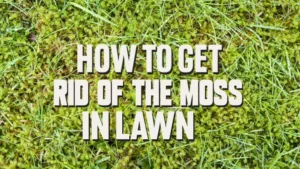




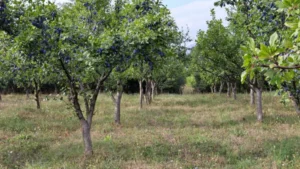



Leave your comment